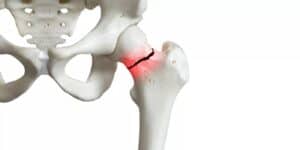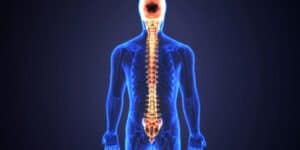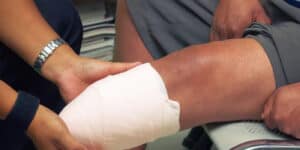
The knee is one of the most frequently injured parts of the body. Motor vehicle accidents, falls, and sports cause the majority of knee injuries. A very complex joint, the knee connects the thigh bone (femur) to the shin bone (tibia). Multiple tendons and ligaments connect the knee bones to the leg muscles controlling movement …











